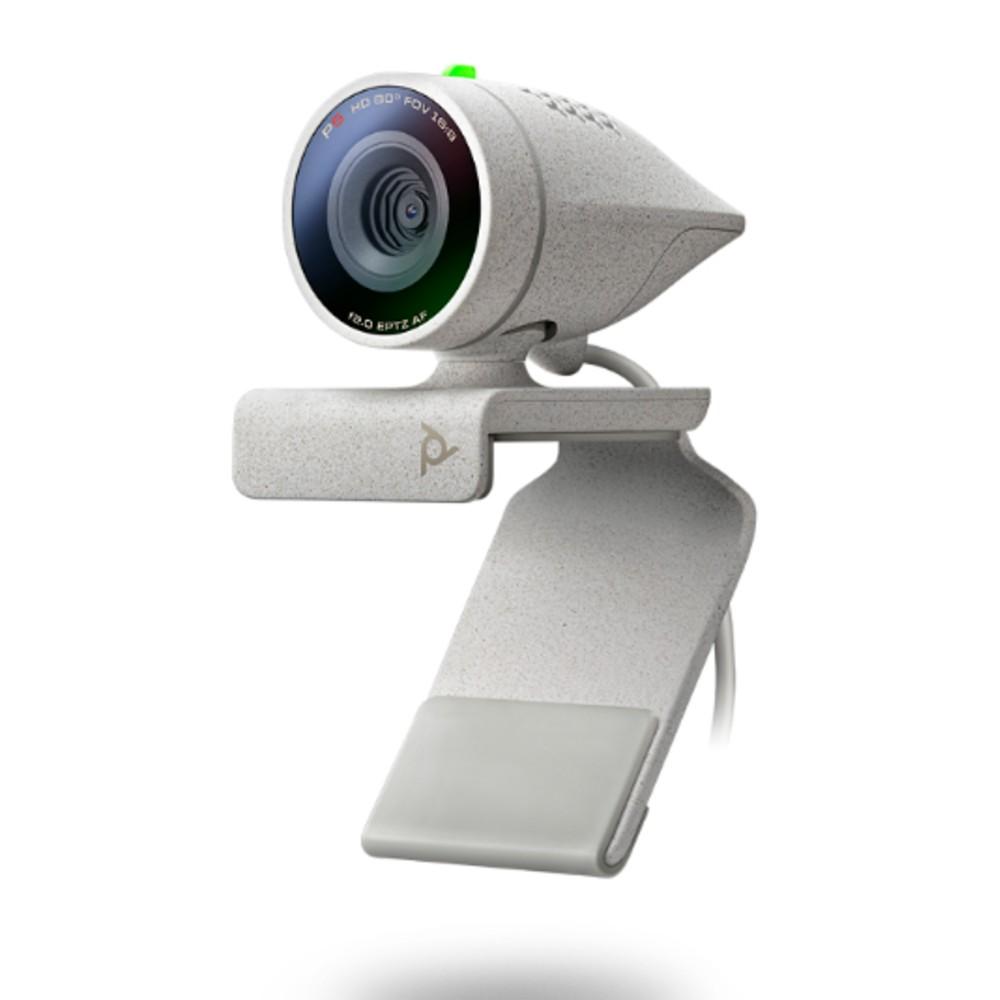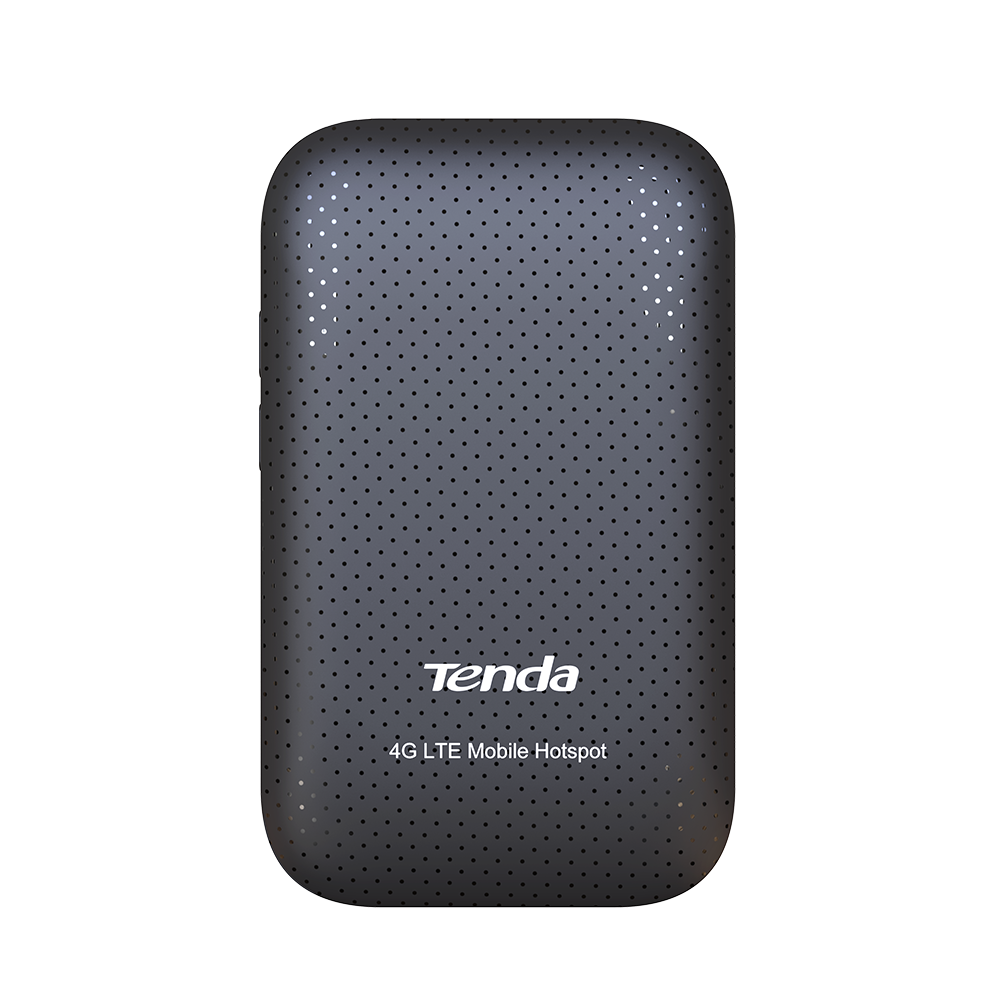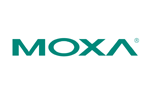Cisco Business CBS350-8P-E-2G 8 Port POE Managed Switch
Cisco Business CBS350-8P-E-2G 8-port PoE+ Gigabit Ethernet Managed Switch with 2 x Gigabit Copper/SFP Combo Ports (67W Power Budget)
₹29,999.00 ₹49,999.00 Inc. GST
Critical Building Block for Any Small Office Network
From connectivity to cloud applications, networking plays a crucial role in every business journey. Reliability, security, and affordability continue to be top of mind while ongoing management and operations add additional complexity that take time and resources.
Cisco Business is a portfolio of affordable wireless access points, switches and routers designed and built for Small Business. Managed through Cisco Business Dashboard and mobile app, the portfolio provides a simple and reliable experience. Cisco Business Dashboard simplifies traditional challenges in deploying and managing business networks by automating the deployment, monitoring and lifecycle management of the network.
The Cisco Business 350 Series Switches, part of the Cisco Business line of network solutions, is a portfolio of affordable managed switches that provides a critical building block for any small office network. Intuitive dashboard simplifies network setup, and advanced features accelerate digital transformation, while pervasive security protects business critical transactions. The Cisco Business 350 Series Switches provide the ideal combination of affordability and capabilities for small office and helps you create a more efficient, better-connected workforce. When your business needs advanced networking features and security for the digital transformation yet value is still a top consideration, you’re ready for the Cisco Business 350 Series Switches.
| Brands | Cisco |
|---|
| Spanning Tree Protocol (STP) | Standard 802.1d spanning tree support Fast convergence using 802.1w (Rapid Spanning Tree Protocol [RSTP]), enabled by default Multiple spanning tree instances using 802.1s (MSTP); 8 instances are supported Per-VLAN Spanning Tree Plus (PVST+) and Rapid PVST+ (RPVST+); 126 instances are supported |
|||
| Port grouping/link aggregation | Support for IEEE 802.3ad Link Aggregation Control Protocol (LACP)
|
|||
| VLAN | Support for up to 4,094 VLANs simultaneously Port-based and 802.1Q tag-based VLANs; MAC-based VLAN; protocol-based VLAN; IP subnet-based VLAN Management VLAN Private VLAN with promiscuous, isolated, and community port Private VLAN Edge (PVE), also known as protected ports, with multiple uplinks Guest VLAN, unauthenticated VLAN Dynamic VLAN assignment via RADIUS server along with 802.1x client authentication CPE VLAN |
|||
| Voice VLAN | Voice traffic is automatically assigned to a voice-specific VLAN and treated with appropriate levels of QoS. Auto voice capabilities deliver network wide zero-touch deployment of voice endpoints and call control devices | |||
| Multicast TV VLAN | Multicast TV VLAN allows the single multicast VLAN to be shared in the network while subscribers remain in separate VLANs. This feature is also known as Multicast VLAN Registration (MVR) | |||
| VLAN Translation | Support for VLAN One-to-One Mapping. In VLAN One-to-One Mapping, on an edge interface customer VLANs (C-VLANs) are mapped to service provider VLANs (S-VLANs) and the original C-VLAN tags are replaced by the specified S-VLAN | |||
| Q-in-Q | VLANs transparently cross a service provider network while isolating traffic among customers | |||
| Selective Q-in-Q | Selective Q-in-Q is an enhancement to the basic Q-in-Q feature and provides, per edge interface, multiple mappings of different C-VLANs to separate S-VLANs Selective Q-in-Q also allows configuring of Ethertype (Tag Protocol Identifier [TPID]) of the S-VLAN tag Layer 2 protocol tunneling over Q-in-Q is also supported |
|||
| Generic VLAN Registration Protocol (GVRP) and Generic Attribute Registration Protocol (GARP) | Generic VLAN Registration Protocol (GVRP) and Generic Attribute Registration Protocol (GARP) enable automatic propagation and configuration of VLANs in a bridged domain | |||
| Unidirectional Link Detection (UDLD) | UDLD monitors physical connection to detect unidirectional links caused by incorrect wiring or cable/port faults to prevent forwarding loops and black holing of traffic in switched networks | |||
| Dynamic Host Configuration Protocol (DHCP) Relay at Layer 2 | Relay of DHCP traffic to DHCP server in different VLAN; works with DHCP Option 82 | |||
| IGMP (versions 1, 2, and 3) snooping | IGMP limits bandwidth-intensive multicast traffic to only the requesters; supports 2K multicast groups (source-specific multicasting is also supported) | |||
| IGMP querier | IGMP querier is used to support a Layer 2 multicast domain of snooping switches in the absence of a multicast router | |||
| HOL blocking | Head-of-Line (HOL) blocking prevention | |||
| Loopback detection | Loopback detection provides protection against loops by transmitting loop protocol packets out of ports on which loop protection has been enabled. It operates independently of STP | |||
| Layer 3 routing | ||||
| IPv4 routing | Wire-speed routing of IPv4 packets Up to 990 static routes and up to 128 IP interfaces |
|||
| IPv6 routing | Wire-speed routing of IPv6 packets | |||
| Layer 3 interface | Configuration of Layer 3 interface on physical port, Link Aggregation (LAG), VLAN interface, or loopback interface | |||
| Classless Interdomain Routing (CIDR) | Support for classless interdomain routing | |||
| RIP v2 | Support for Routing Information Protocol version 2 for dynamic routing | |||
| Policy-Based Routing (PBR) | Flexible routing control to direct packets to different next hop based on IPv4 or IPv6 Access Control List (ACL) | |||
| DHCP Server | Switch functions as an IPv4 DHCP server serving IP addresses for multiple DHCP pools/scopes Support for DHCP options |
|||
| DHCP relay at Layer 3 | Relay of DHCP traffic across IP domains | |||
| User Datagram Protocol (UDP) relay | Relay of broadcast information across Layer 3 domains for application discovery or relaying of Bootstrap Protocol (BOOTP)/DHCP packets | |||
| Stacking | ||||
| Hardware stacking | Up to 4 units in a stack. Up to 192 ports managed as a single system with hardware failover | |||
| High availability | Fast stack failover delivers minimal traffic loss. Support link aggregation across multiple units in a stack | |||
| Plug-and-play stacking configuration/management | Active/standby for resilient stack control Autonumbering Hot swap of units in stack Ring and chain stacking options, auto stacking port speed, flexible stacking port options |
|||
| High-speed stack interconnects | Cost-effective high-speed 10G fiber interfaces | |||
| Security | ||||
| Secure Sockets Layer (SSL) | SSL support: Encrypts all HTTPS traffic, allowing highly secure access to the browser-based management GUI in the switch | |||
| Secure Shell (SSH) Protocol | SSH is a secure replacement for Telnet traffic. Secure Copy Protocol (SCP) also uses SSH. SSH v1 and v2 are supported | |||
| IEEE 802.1X (authenticator role) | 802.1X: Remote Authentication Dial-In User Service (RADIUS) authentication and accounting, MD5 hash; guest VLAN; unauthenticated VLAN, single/multiple host mode and single/multiple sessions Supports time-based 802.1X; dynamic VLAN assignment |
|||
| Web-based authentication | Web-based authentication provides network admission control through web browser to any host devices and operating systems | |||
| STP Bridge Protocol Data Unit (BPDU) Guard | A security mechanism to protect the network from invalid configurations. A port enabled for BPDU Guard is shut down if a BPDU message is received on that port. This avoids accidental topology loops | |||
| STP Root Guard | This prevents edge devices not in the network administrator’s control from becoming Spanning Tree Protocol root nodes | |||
| STP loopback guard | Provides additional protection against Layer 2 forwarding loops (STP loops) | |||
| DHCP snooping | Filters out DHCP messages with unregistered IP addresses and/or from unexpected or untrusted interfaces. This prevents rogue devices from behaving as DHCP Servers. | |||
| IP Source Guard (IPSG) | When IP Source Guard is enabled at a port, the switch filters out IP packets received from the port if the source IP addresses of the packets have not been statically configured or dynamically learned from DHCP snooping. This prevents IP address spoofing. | |||
| Dynamic ARP Inspection (DAI) | The switch discards ARP packets from a port if there are no static or dynamic IP/MAC bindings or if there is a discrepancy between the source or destination addresses in the ARP packet. This prevents man-in-the-middle attacks. | |||
| IP/MAC/Port Binding (IPMB) | The preceding features (DHCP Snooping, IP Source Guard, and Dynamic ARP Inspection) work together to prevent DOS attacks in the network, thereby increasing network availability | |||
| Secure Core Technology (SCT) | Makes sure that the switch will receive and process management and protocol traffic no matter how much traffic is received | |||
| Secure Sensitive Data (SSD) | A mechanism to manage sensitive data (such as passwords, keys, and so on) securely on the switch, populating this data to other devices, and secure autoconfig. Access to view the sensitive data as plaintext or encrypted is provided according to the user-configured access level and the access method of the user. | |||
| Trustworthy systems | Trustworthy systems provide a highly secure foundation for Cisco products Run-time defenses (Executable Space Protection [X-Space], Address Space Layout Randomization [ASLR], Built-In Object Size Checking [BOSC]) |
|||
| Private VLANMultiple user privilege levels in CLI | Private VLAN provides security and isolation between switch ports, which helps ensure that users cannot snoop on other users’ traffic; supports multiple uplinks | |||
| Layer 2 isolation Private VLAN Edge (PVE) with community VLAN | PVE (also known as protected ports) provides Layer 2 isolation between devices in the same VLAN, supports multiple uplinks | |||
| Port security | Ability to lock source MAC addresses to ports and limits the number of learned MAC addresses | |||
| RADIUS/TACACS+ | Supports RADIUS and TACACS authentication. Switch functions as a client | |||
| RADIUS accounting | The RADIUS accounting functions allow data to be sent at the start and end of services, indicating the amount of resources (such as time, packets, bytes, and so on) used during the session | |||
| Storm control | Broadcast, multicast, and unknown unicast | |||
| DoS prevention | Denial-of-Service (DOS) attack prevention | |||
| Multiple user privilege levels in CLI | Level 1, 7, and 15 privilege levels | |||
| ACLs | Support for up to 1,024 rules Drop or rate limit based on source and destination MAC, VLAN ID, IPv4 or IPv6 address, IPv6 flow label, protocol, port, Differentiated Services Code Point (DSCP)/IP precedence, Transmission Control Protocol/User Datagram Protocol (TCP/UDP) source and destination ports, 802.1p priority, Ethernet type, Internet Control Message Protocol (ICMP) packets, IGMP packets, TCP flag; ACL can be applied on both ingress and egress sides Time-based ACLs supported |
|||
| Quality of service | ||||
Related products
-
Computer Networking, Networking Switches
TP-Link T1600G-28TS TL-SG2424 24-Port Gigabit Smart Switch with 4-Combo SFP Slots
-31% Computer Networking, Networking Switches
Computer Networking, Networking SwitchesTP-Link T1600G-28TS TL-SG2424 24-Port Gigabit Smart Switch with 4-Combo SFP Slots
0 out of 5(0)TP-Link’s brand new JetStream T1600G-28TS gigabit smart switch provides huge upgrade comparing with previous versions.
SKU: T1600G-28TS₹10,999.00₹15,999.00Inc. GST -
Access Point, Computer Networking
TP-Link EAP115-Wall 300Mbps Wireless N Wall-Plate Access Point
-25% Access Point, Computer Networking
Access Point, Computer NetworkingTP-Link EAP115-Wall 300Mbps Wireless N Wall-Plate Access Point
0 out of 5(0)- Easy-mount construction allows installation into any standard EU-type data wall-box
- Compact, low-profile design fits discreetly with any existing interior style
- Cloud Controller Software enables administrators to easily manage hundreds of EAPs
- Support Power over Ethernet (802.3af) for convenient and affordable installation
- Enterprise-class Wi-Fi security helps to decrease network security threats
- Captive portal provides one convenient method of authentication for Wi-Fi guests
- Supports management VLAN for an enhanced network management
SKU: EAP115-Wall₹2,999.00₹3,999.00Inc. GST -
Computer Networking, Networking Switches
TP-Link T1600G-28PS JetStream 24-Port Gigabit Smart PoE+ Switch with 4 SFP Slots
-31% Computer Networking, Networking Switches
Computer Networking, Networking SwitchesTP-Link T1600G-28PS JetStream 24-Port Gigabit Smart PoE+ Switch with 4 SFP Slots
0 out of 5(0)The T1600G-28PS provides 24 10/100/1000Mbps RJ45 Ports which support 802.3at/af-compliant PoE, with a total PoE power supply up to 192W, powerful and flexible enough for users to deploy wireless access points or IP-based network surveillance cameras. The switch is also equipped with 4 Gigabit SFP slots, expanding your network flexibly. In addition, it provides high performance, powerful L2 and L2+ features like static routing, enterprise-level QoS, and useful security strategies.
SKU: T1600G-28PS₹19,999.00₹28,999.00Inc. GST -
Access Point, Computer Networking
TP-Link EAP225-Outdoor AC1200 Wireless MU-MIMO Gigabit Outdoor Access Point
-49% Access Point, Computer Networking
Access Point, Computer NetworkingTP-Link EAP225-Outdoor AC1200 Wireless MU-MIMO Gigabit Outdoor Access Point
0 out of 5(0)Extend the reach of your Wi-Fi network outdoors with the EAP225-Outdoor Wireless AC1200 Gigabit Indoor/Outdoor Access Point from TP-Link. This wireless-AC access point operates on the 802.11a/b/g/n/ac Wi-Fi network standards and operates on both the 2.4 GHz and 5 GHz frequencies supporting data transfer rates of up to 1200 Mb/s. In addition to enhanced wireless coverage and network speeds, this access point is designed to stand up against the elements, thanks to the durable weatherproof housing. Installation is simple, as the EAP225-Outdoor access point comes with both pole- and wall-mounting kits and supports PoE connectivity to eliminate the need to run a standalone power supply to the AP. Once installed, free Omada Controller Software makes it easy to manage this AP as well as hundreds of other APs while the captive portal simplifies the process of authenticating guests.
SKU: EAP225-Outdoor₹6,599.00₹12,999.00Inc. GST















